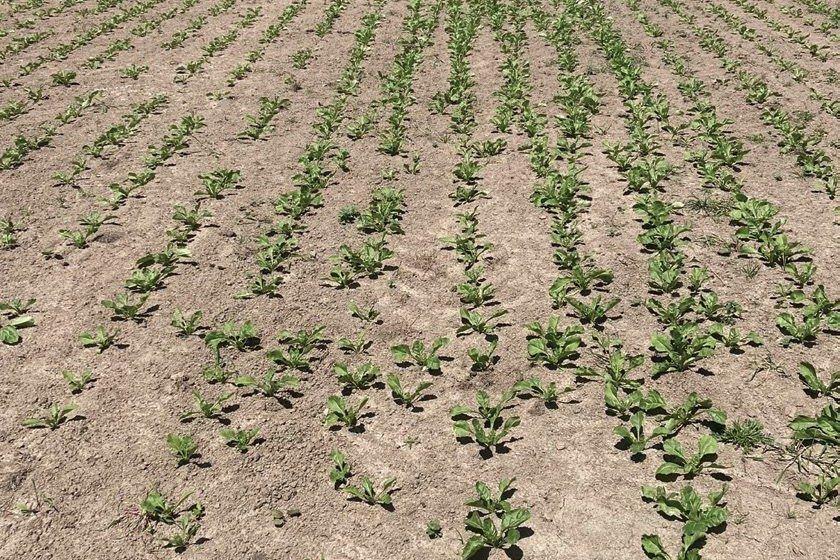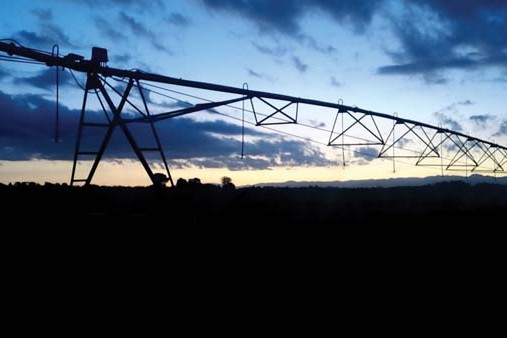Harvesting the data
Being accountable to equity partners, record-keeping has morphed to mirror how they need to provide information for compliance and benchmarking, Anne-Marie Wells writes.

Today I had a call from a DairyBase representative asking for my Level 1 data. I braced myself for a long conversation, but in less than four minutes the call had ended, and she had everything she needed.
What a difference from the ‘old days’ where someone would book an appointment and spend most of the night sat at our table with a laptop entering copious amounts of data that we scrounged to find.
As well as DairyBase streamlining their data collection, we have dramatically improved our record keeping. The improvement on our side is because we are accountable to equity partners who get monthly reports on the farm. Over the years, our reporting has morphed to mirror how we need to provide information for compliance and benchmarking.
I do need to remind myself at the start of each month that I am an advocate for monthly reports – capturing data is not the most exciting thing in the world. Even less fun is capturing Duncan to help me do the parts of the report I need him to complete. That said, I would like to think even if we didn’t have other shareholders who wanted to see the information, we would keep up the monthly reporting in some form as the exercise is helpful for both end-of-season reporting and keeping on top of how it’s going month on month.
It also keeps our budget alive, because we need to report on budget variances, they are understood and acted upon, and the latest milk production and payment values are factored in.
So, what did our recent farm report say?
Grass cover is pretty good, but November was dry with only 22mm of rain, which is likely to lead to low grass growth in December. The dry also only allowed a small amount of nitrogen-based fertilizers to be applied.
Our winter crops were later going in than we would like (that’s what can happen when you don’t have the gear and are at the mercy of contractors). Unfortunately, a swarm of brown beetles got to three hectares of our fodder beet, and this has needed to be resown – so now we are rethinking what our winter/transition plan will be if this fails again.
Fortunately, our silage pits are now full and there is also plenty of balage stored. Not so fortunate will be the bill for all this!
Milk production is slightly down on budget. The cows didn’t peak as high as last year. It’s difficult to find only one thing to pin it on – less grain-fed early on because of leftover fodder beet? A snowstorm in October?
Mating finished up on November 25 after four and a half weeks, the bulls are now out, and we are recording natural matings every three days. We treated very few mastitis and lame cows (two mastitis and seven lame) and had no deaths.
There were three health and safety incidents, two minor and one near-miss. Our summer student started and will work through until mid-February, which allows the permanent team to take time off over the holidays.
Of the risks on our risk register, the one we are keeping an eye on right now is rising interest rates. Combining this with the rising cost of production, like everyone else out there, we need to be careful with our spending.






